The world of LED lighting is vast and varied, with several types of LEDs offering distinct advantages and applications. Among the most popular types are DOB (Driver on Board) LEDs, COB (Chip on Board) LEDs, and SMD (Surface-Mounted Device) LEDs. Each of these technologies has its unique characteristics, benefits, and potential drawbacks. This article aims to provide a comprehensive comparison of DOB LED, COB LED, and SMD LED, helping you make an informed decision for your lighting needs.
What is DOB LED?
DOB, or Driver on Board, refers to LED lights where the driver circuitry is integrated directly onto the LED board. This design simplifies the construction of the light fixture, eliminating the need for a separate driver. The driver is responsible for converting electrical power to the appropriate current and voltage needed by the LED chips.
Pros of DOB LED
- Simplified Design: The integration of the driver onto the LED board results in a more compact and streamlined design.
- Improved Thermal Management: The board itself can act as a heat sink, aiding in heat dissipation.
- Cost Efficiency: Manufacturing a single integrated unit can be less expensive, potentially reducing the overall cost.
- Enhanced Reliability: Fewer components and connections mean fewer points of failure.
- Energy Efficiency: Designed to maximize energy efficiency, reducing consumption and utility bills.
Cons of DOB LED
- Heat Sensitivity: Integrated drivers are more sensitive to heat, which can impact performance and lifespan.
- Limited Driver Flexibility: If the driver fails, the entire unit often needs to be replaced.
- Design Limitations: Customizing or upgrading individual components is challenging.
- Initial Investment: High-quality DOB LEDs can be more expensive initially.
- Compatibility Issues: Might face compatibility issues with existing lighting systems.
What is COB LED?
COB, or Chip on Board, involves mounting multiple LED chips directly onto a substrate to form a single module. This configuration creates a light source that appears more like a solid panel of light rather than individual points.
Pros of COB LED
- High Light Output: Capable of producing a high lumen output, making them ideal for applications requiring intense illumination.
- Uniform Light: Provides a consistent and uniform light output with minimal glare.
- Compact Design: High-density configuration allows for smaller, more compact light fixtures.
- Energy Efficiency: Efficient in converting power to light, reducing energy consumption.
- Long Lifespan: Typically more durable and have a longer operational life.
Cons of COB LED
- Heat Management: Requires effective heat sinks to manage the significant heat generated.
- Cost: Can be more expensive than other types of LEDs due to the complexity of the technology.
- Color Consistency: May face issues with color consistency over time.
- Flexibility: Less flexible in terms of design and customization compared to SMD LEDs.
- Initial Setup: Can be more complex to install and set up due to the need for proper heat dissipation.
What is SMD LED?
SMD, or Surface-Mounted Device, LEDs are mounted directly onto the surface of a printed circuit board (PCB). These LEDs are commonly used in a variety of applications, from residential to commercial lighting.
Pros of SMD LED
- Versatility: Available in various sizes and shapes, making them suitable for a wide range of applications.
- High Efficiency: Known for their energy efficiency and high lumen output per watt.
- Color Options: Can produce different colors and color temperatures, providing flexibility in lighting design.
- Compact Size: Allows for sleek and compact light fixtures.
- Cost-Effective: Generally more affordable than COB LEDs.
Cons of SMD LED
- Heat Dissipation: While efficient, they still require proper heat management to prevent performance issues.
- Installation Complexity: Can be complex to install, especially in large arrays.
- Reliability: The numerous solder points can be potential failure points over time.
- Brightness: Individual SMD LEDs may not be as bright as COB LEDs, requiring more units to achieve the same light output.
- Durability: Can be less durable in harsh environments compared to COB LEDs.
Comparing DOB, COB, and SMD LEDs

Efficiency
All three types of LEDs are highly efficient, but they achieve this in different ways. DOB LEDs optimize efficiency by integrating the driver directly on the board, reducing energy loss. COB LEDs are efficient due to their high-density design, which produces a high lumen output. SMD LEDs are known for their high lumen-per-watt ratio, making them efficient as well.
Heat Management
Heat management is crucial for all LED types. DOB LEDs benefit from the board acting as a heat sink, but they are also more sensitive to heat. COB LEDs require effective heat sinks due to their high light output and resultant heat generation. SMD LEDs need proper heat dissipation mechanisms as well but are generally easier to manage due to their distributed design.
Design and Flexibility
DOB LEDs offer a simplified and compact design, ideal for applications where space is limited. However, they are less flexible in terms of component replacement and customization. COB LEDs provide high light output and uniformity but are less flexible and more challenging to customize. SMD LEDs offer the greatest design flexibility, with various shapes, sizes, and colors available, making them suitable for diverse applications.
Cost
Cost varies significantly among the three types. DOB LEDs can be cost-effective in the long run due to their integrated design and reduced need for separate drivers. COB LEDs are typically more expensive initially due to their complexity and high light output capabilities. SMD LEDs are generally more affordable and widely available, making them a popular choice for many applications.
Applications
- DOB LEDs: Ideal for residential and commercial lighting where a compact design and energy efficiency are crucial.
- COB LEDs: Suitable for high-intensity applications such as floodlights, downlights, and industrial lighting.
- SMD LEDs: Versatile for a wide range of applications, including strip lights, signage, displays, and general lighting.
Conclusion
Choosing the right type of LED depends on your specific lighting needs and preferences. DOB LEDs offer a streamlined and efficient solution, perfect for spaces where simplicity and reliability are key. COB LEDs provide powerful and uniform illumination, ideal for high-intensity lighting applications. SMD LEDs offer unparalleled versatility and cost-effectiveness, making them suitable for a broad range of uses.









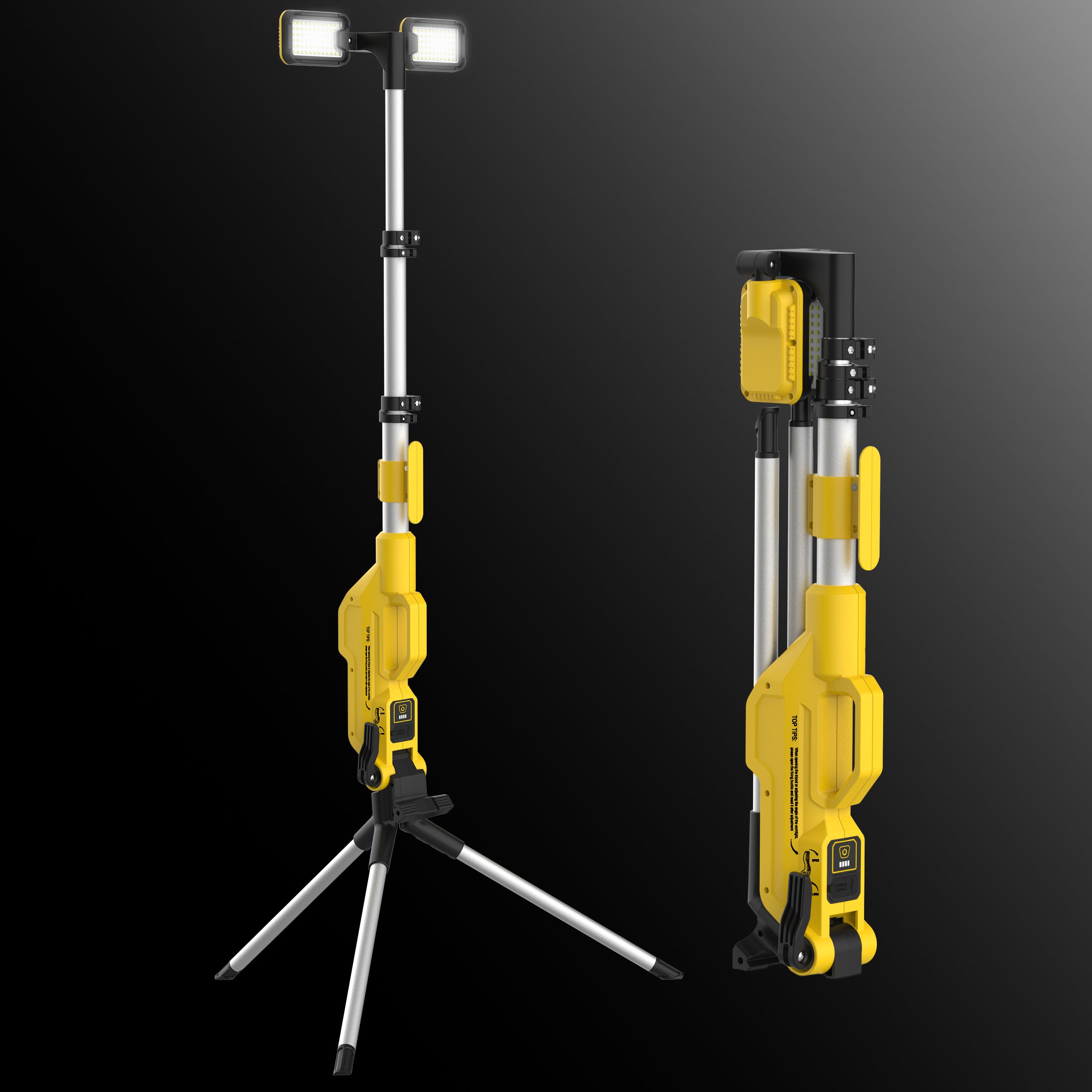
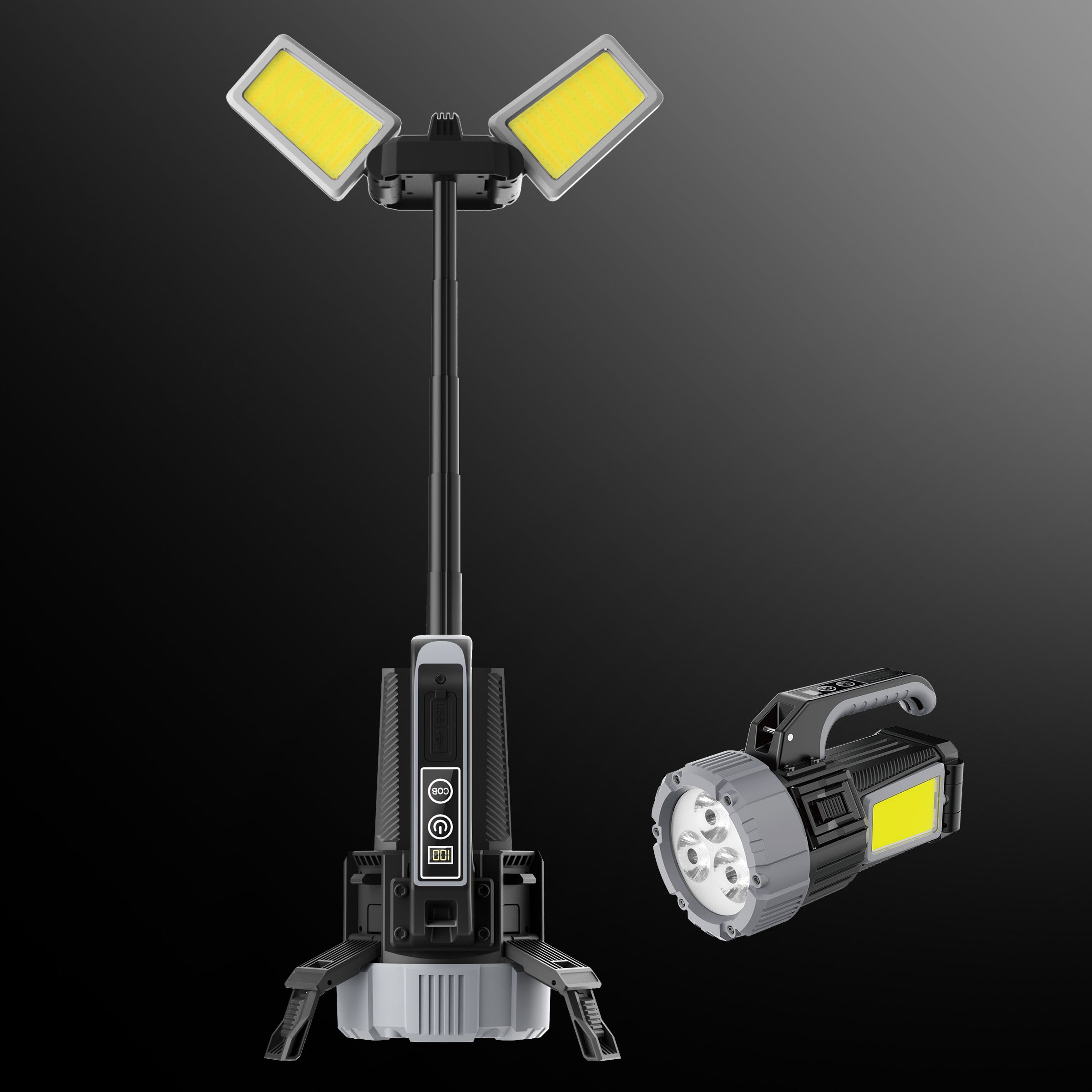










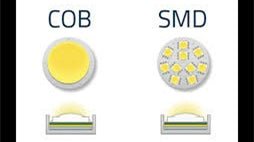
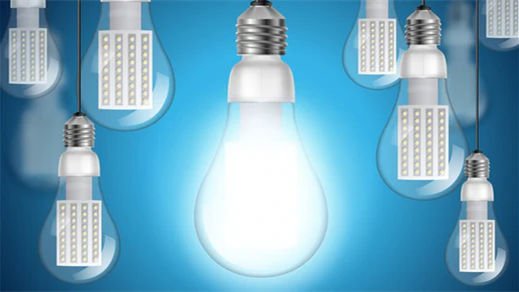
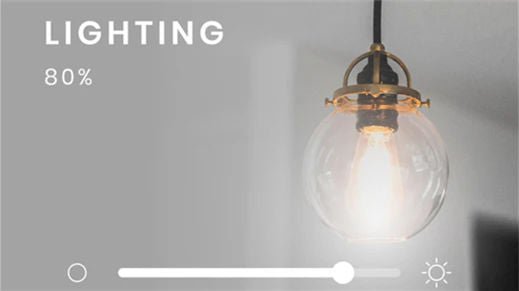






Leave a comment
This site is protected by hCaptcha and the hCaptcha Privacy Policy and Terms of Service apply.